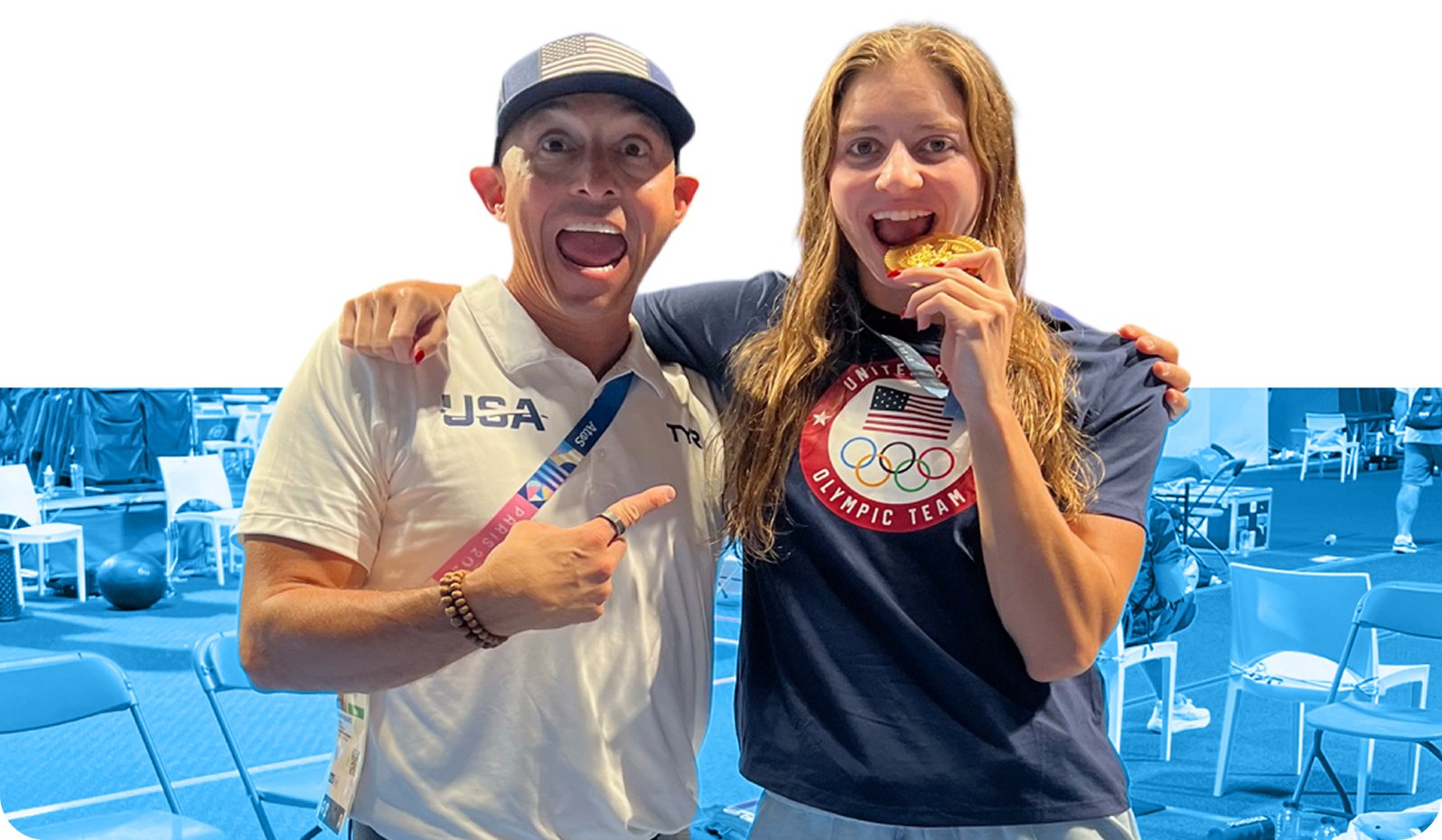“Why are we even doing this set?”
If you’ve ever heard that question mid-practice—or seen it all over an athlete’s face—you already know the pain of miscommunication. And if you’ve got parents asking about move-ups, boards wondering about ROI, or swimmers zoning out during feedback, it’s probably time to rethink how your team uses data.
Here’s the truth: building a data-driven culture isn’t about becoming a spreadsheet wizard or turning your workouts into a lab. It’s about making progress feel real. Tangible. Sharable.
And yes, a whole lot more manageable.
This week, we’re diving into what it actually takes to make data part of your team, without alienating your athletes, overwhelming your parents, or drowning your board in metrics.
What Does a “Data-Driven Team” Actually Mean?
It’s not just about numbers on a screen. A data-driven swim team is one where everyone—coaches, swimmers, and parents—understands what they’re working toward and sees how their actions support progress.

It’s a team where:
-
Athletes feel ownership over their development
-
Coaches make more informed decisions faster
-
Parents trust the plan because they can see the progress
-
The board sees tangible results tied to investment
And the best part? It doesn’t require a full-scale culture shift overnight. You can start small and build from there.
Talk Their Language: Data for Athletes, Parents, and the Board
Let’s be real. Not everyone’s equally excited about data. The key is delivering it in a way that clicks for each group.
1. Athletes: Make It Tangible, Make It Theirs
Your swimmers don’t need an analytics degree—they need feedback that means something right now. Try this:
-
During workouts: Use live TritonWear data to assign zones ("Stay in green for sprint, recover in pink") and gamify the experience. SWOLF competitions? Always a hit.
-
After workouts: Show how their Focus, Intensity, and Readiness trends are building toward their goals. “You hit aerobic zone 70% of practice—that’s exactly what we needed for endurance building.”
2. Parents: Show the Progress, Skip the Jargon
Let’s face it—some parents think they’re coaching from the stands. But most just want clarity.
-
Use the Athlete Profile to spotlight their swimmer’s journey.
-
Anchor it in context: “We’re building endurance. Here’s where your swimmer started. Here’s how they’re tracking now.”
-
When in doubt, zoom out: “Our goal is peak performance in March. These workouts are part of that build.”
💡 Coach tip: If you’re dreading the “Why hasn’t my kid moved up?” convo—use TritonWear data to show gaps in technique or readiness (volume, attendance). It shifts the conversation from opinion to proof.
3. The Board: Big Picture Wins Only
No one on the board cares about a swimmer’s turn time, unless you frame it as part of the bigger picture.
-
Lead with impact: “Turn times improved 8% team-wide. That’s helping us shave seconds off race performances.”
-
Show trends, not just snapshots: Use the Seasonal Tracker to highlight safe volume progression and smart recovery.
-
Position data as strategic: “We shifted 10% more time into threshold training to build race pace endurance.”
💡 Coach tip: Your message to the board should always answer: Is this working, and is it worth the money?
What If They Push Back?
They will. At first.
Athletes may feel overwhelmed. Coaches might fear it’ll replace their instincts. Parents may not get why it matters.
Here’s how to turn the tide:
-
Educate & Simplify: “This helps me coach you better. ”
-
Start small: Focus on 3 simple metrics—Distance Per Stroke, Time Underwater, and hitting the right zones.
-
Celebrate the wins: “Hey, your acceleration off the wall was on point today.”
Training Optimization in 15 Minutes a Week
Yes, really.

Use this rinse-and-repeat loop to keep the season tight and your team on track:
-
Check volume: Are you making up or scaling back?
-
Dial in energy systems: Need more aerobic or anaerobic work?
-
Target key skills: What landed last week? What needs more love?
-
Write the workouts: Keep it focused. Keep it aligned.
-
Repeat next week.
TritonWear’s Seasonal Tracker, Weekly Reports and Team Diagnostic make this fast. Like, before-your-coffee-cools fast.
Final Thought: Data Doesn’t Replace Coaching. It Reinforces It.
A data-driven culture isn’t built with buzzwords. It’s built with conversations. With insights that matter to the people you’re leading. And with tools that make those insights easy to share.
So start small. Keep it human. And remember, this isn’t about being perfect with data. It’s about being better with it.
You’ve got the tools. Now build the culture.

.png)


.png)